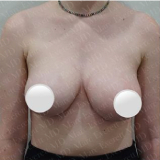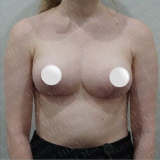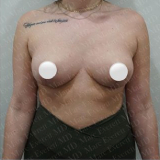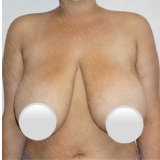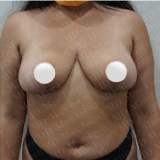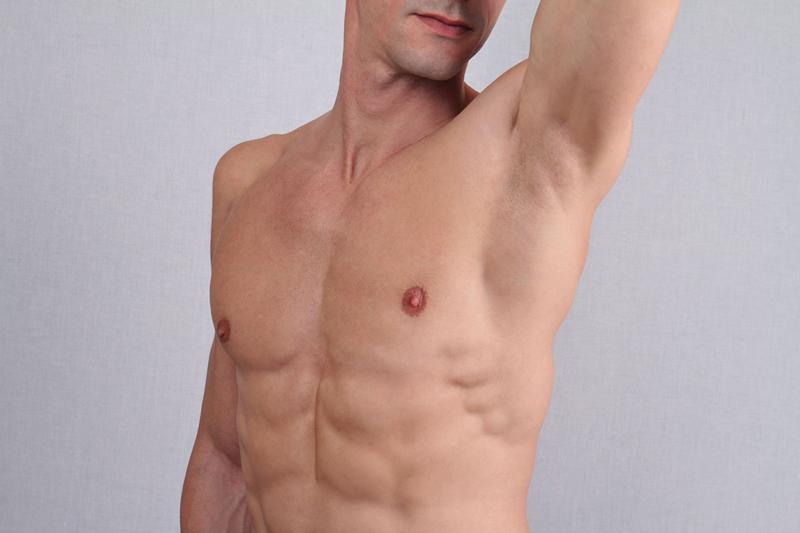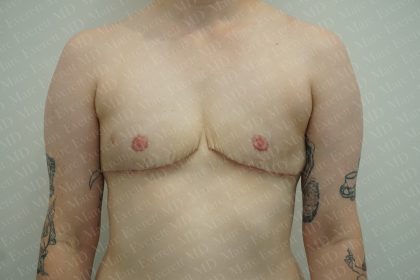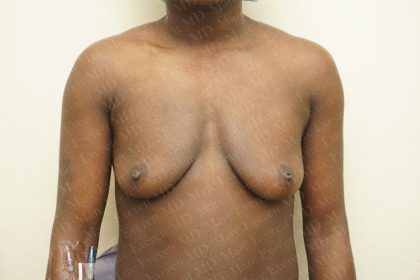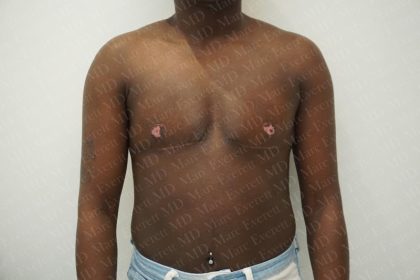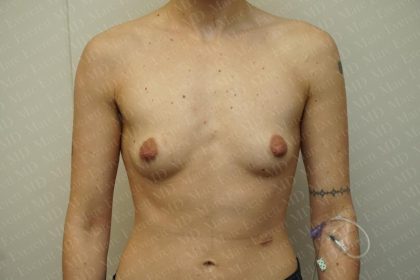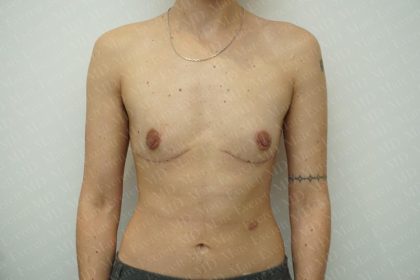Chest Masculinization
Consultations offered at our two convenient locations in Manhattan, NY and Queens, NY

When it comes to FTM top surgery, NYC-based Dr. Marc Everett offers exceptional results that can finally provide you with a body that feels like home. To learn more, contact our office to schedule an in-person or virtual consultation.
Contents
Before and After Photos
New York Top Surgery: Our Approach
Living with a physical body that does not match your true gender is an uncomfortable way to exist and interact. Masculinizing chest surgery or “top surgery” provides transgender men the opportunity to present as their most authentic self by removing unwanted breast tissue. Along with hormone therapy, NYC female to male chest surgery is often one of the first steps trans men choose to make in their transition journey.
A number of surgical techniques may be utilized to accomplish breast tissue removal and masculine chest contouring. Dr. Everett, the best top surgeon NYC has to offer, develops a customized treatment plan for each patient to ensure the results are natural and satisfying.
Double Incision Technique
The double incision technique provides ideal masculine contouring for patients with a larger chest, excess skin or breast tissue laxity. In this procedure, a sizable ellipse of skin is excised at or near the lower breast crease and the underlying tissue is removed. The incision is placed so that it accentuates the pectoralis muscle fold, and when it has healed, the scar resembles a natural shadow under the muscle. Another incision is made to remove the nipple and areola, which are resized if necessary and then replaced as a free nipple graft into a more anatomically masculine position. The nipple typically does not retain sensation.
The double incision technique is the most powerful and reliable approach to chest masculinization. Although it involves sensation loss and the most extensive scarring, it is preferred by many patients because of the personalization of areola size and position it allows, and its effectiveness in achieving a flat and tight chest. In our practice, we have found that most insurance plans cover double incision top surgery.
Periareolar Technique
The periareolar technique involves two concentric circular incisions. One is made around the edge of the areola to remove breast tissue. The second, slightly larger incision is made to remove the “donut” ring of tissue between the two incisions. The nipple and areola may be resized. The skin is then pulled taut toward the center (similar to the effect of pulling a drawstring bag closed) and reattached to the areola. A periareolar incision typically retains some nipple and areola sensation and can achieve good results for patients without a significant amount of excess skin or breast tissue laxity.
Keyhole Technique
In the keyhole technique, breast tissue removal is accomplished through a small, semicircular incision around the lower border of the areola. The keyhole incision offers significantly reduced scarring and nipple and areola sensations are largely retained. However, a relatively limited number of patients are good candidates for this approach. A typical candidate for this type of masculinizing chest surgery has a small chest, good skin elasticity and a nipple position that does not require adjustment. The keyhole technique is not recommended for patients with excess skin or a larger amount of breast tissue.
Inverted T Technique
The inverted T or anchor incision is similar to the standard technique used in most breast reduction surgeries. The incision circles around the areola, continues vertically down to the bottom of the breast, then extends horizontally around the inframammary fold where the breast meets the chest wall. The inverted T technique is an option for patients with larger chests and low skin elasticity, who are hoping to retain at least some areola and nipple sensation. Because some tissue must be left behind to supply blood to the nipple-areolar complex, it cannot achieve the same level of flatness as the double incision.
Liposuction
Liposuction may be combined with any of the above techniques to obtain a more thorough transformation. It is rarely used alone for chest masculinization. However, for patients who have a very small amount of breast tissue and naturally small areolas, liposuction by itself may be able to provide a satisfactory male chest contour. The primary advantage of this method is that scarring is minimal. Liposuction to masculinize the chest only requires a small incision through which a cannula can be inserted to remove the fat and breast tissue. In most cases, liposuction is more effective as a complementary procedure than the sole approach.
FAQ
Am I a candidate for Double Incision Top Surgery?
Each option for chest masculinization surgery has its benefits and it’s shortcomings. Each option also has certain indications but there is definitely some overlap where some patients may have the option to choose.
Skin laxity is important but even more important is the native position of your nipple areolar complex. Even if your nipples are positioned above the breast fold, often after the breast tissue is removed, the dissection completed and the inframammary fold elevated, it should be possible to remove the skin above the entire nipple areolar complex without leaving any remnant areolar pigment. Even if this were to be the case, this can be removed down the line. The indications for this procedure has widened to the point where almost all can have this surgery performed due to a successful experience treating younger and younger individuals who have higher native nipple positions, denser tissue and less saggy skin.
In my hands, the double incision top surgery allows for the most uniform removal of breast tissue creating a flat contour to have your skin and fat redistribute beautifully over your pec muscle, enhancing definition. The inframammary fold is also repositioned to sit just beneath the border of the pectoralis muscle. Many studies have been done to analyze the ideal male nipple position, and although there is certainly acceptable variation within the “ideal” it is distinctly different from the ideal female nipple areolar complex position. In addition to achieving a smooth flat contour of the chest, nipple placement is almost equally important in chest masculinization surgery. The double incision procedure allows optimal control over both of these elements. This is why whenever possible, I try and guide my patients towards this procedure.
The periareolar surgery uses the margin of your areola to remove breast tissue and conceal the scars within, and although fewer scars seems appealing to many, the nipple-areolar complex remains in a distinctly feminine position and true flatness of the chest, and repositioning of the inframammary fold is much harder to achieve. Similarly, the keyhole technique will raise the nipple areolar complex and the tissue that has to be left behind to keep the nipple alive will contribute to some chest wall thickness and therefore there will still be some breast mound.
Learn More About Masculinizing Chest Surgery in New York City
At Marc Everett MD, we understand that many trans men see top surgery as a vital component of their transition. We are proud to offer our gender-affirming procedures in a respectful, welcoming environment where all patients are treated with the utmost understanding, attention and professionalism. If you are considering chest masculinization surgery, we invite you to schedule a consultation with board-certified NYC plastic surgeon Dr. Marc Everett at one of our two convenient locations in Manhattan and Queens.
Simply call (212) 774-7715 or request your consultation online. We look forward to helping you achieve the life-changing transformation you deserve.








